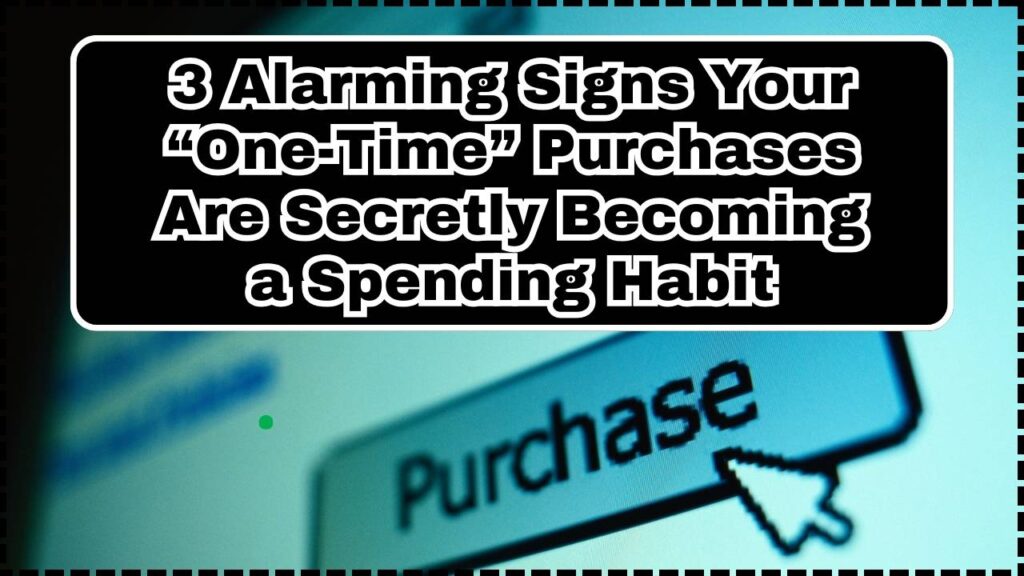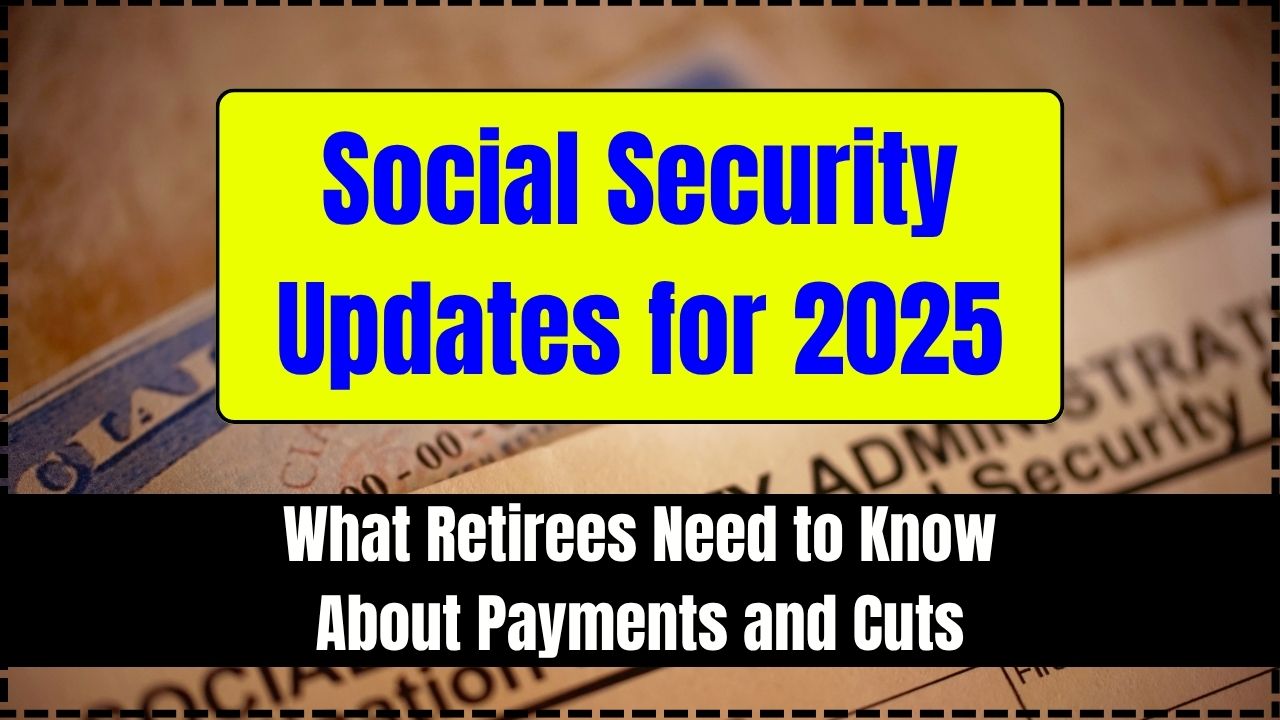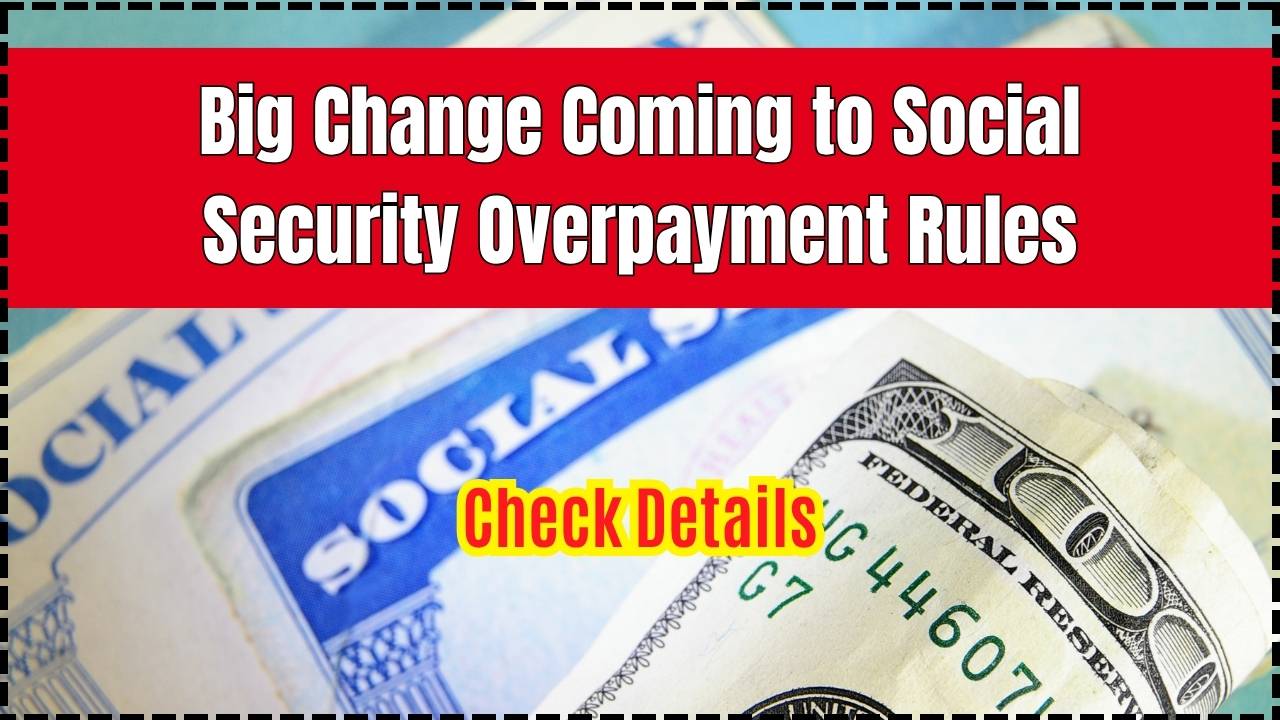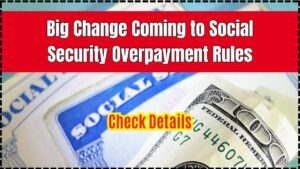
“One-Time” Purchases Are Secretly Becoming a Spending Habit: Ever told yourself, “Just this once,” while clicking ‘Buy Now’ on that tempting gadget or trendy outfit? You’re not alone. In 2024, a Capital One Shopping survey revealed that 73% of Americans admitted most of their purchases were unplanned, averaging a whopping $281.75 per month on impulse buys—that’s over $3,380 a year. What starts as an occasional treat can quietly snowball into a full-blown spending habit, impacting both your wallet and your peace of mind. Let’s break it down so it’s easy to spot—and stop—before your “just this once” turns into a constant drain.
“One-Time” Purchases Are Secretly Becoming a Spending Habit
Recognizing the signs of habitual impulse buying is the first step toward financial wellness. Whether it’s spaving, emotional shopping, or secrecy about your spending, being mindful and proactive can help you take back control. Remember, it’s not about depriving yourself—it’s about making intentional choices that align with your values and financial goals. Trust me, your future self will thank you.
| Topic | Details |
|---|---|
| Average Monthly Impulse Spend | $281.75 per person in 2024 |
| Common Impulse Buys | Apparel, gadgets, food delivery |
| Emotional Triggers | Stress, boredom, FOMO (Times Union) |
| Top Demographics Affected | Millennials and Gen Z |
| Recommended Strategies | Budgeting, waiting periods, mindfulness techniques |
1. You Justify Purchases with “Deals” or Discounts
Ever bought something just because it was “too good to pass up,” even though you didn’t need it? That’s what financial experts call “spaving”—spending to save. You tell yourself the 30% discount makes it worth it, but in reality, you just shelled out cash for something that might gather dust.
Real-life example: Think of Lisa, a marketing executive from Chicago. She snagged a designer handbag at 40% off, convinced it was a “smart buy.” But when she got home, she realized she already owned three similar bags. The savings? Gone. The regret? Real.
Solution: Try the 24-hour rule. When tempted by a deal, wait a day. If you still want it (and it fits your budget), go for it. Often, the urge fades, and you’ll realize you didn’t need it after all.
2. You Experience Emotional Highs from Shopping
Shopping can feel like a quick fix for stress, boredom, or sadness. That’s because it triggers the brain’s dopamine release, giving you a temporary “high.” But chasing that high can quickly spiral into compulsive buying—especially when the guilt sets in afterward.
Studies show that over 60% of impulse purchases are emotionally driven. Professionals refer to this as retail therapy, and while it can seem harmless, over time it leads to financial strain and even anxiety.
Solution: Build healthier coping strategies. Go for a walk, call a friend, journal, or engage in a hobby. You’ll get the emotional lift you need—without the credit card debt.
3. You Conceal or Downplay Your Spending
Have you ever hidden shopping bags, minimized the cost of a purchase, or avoided telling loved ones about what you bought? That’s a major red flag. Secrecy around spending often signals guilt or the realization that you’re overspending.
A 2025 survey from Clever Real Estate found that nearly 43% of Americans admitted to hiding purchases from family members This behavior can erode trust in relationships and indicate a deeper financial issue.
Solution: Practice transparency and accountability. Talk to a trusted friend, partner, or even a financial advisor. It’s not about shame—it’s about support.
How to Regain Control of “One-Time” Purchases Are Secretly Becoming a Spending Habit?
Here’s a simple, step-by-step guide to help you shift from impulse buying to intentional spending:
Step 1: Create a Budget and Stick to It
Write down your income, fixed expenses (like rent), variable expenses (like groceries), and savings goals. Apps like Mint or EveryDollar can help track and visualize your spending.
Step 2: Implement the “1% Rule”
Before buying anything, ask: Does this cost more than 1% of my annual income? If yes, wait 24 hours before purchasing. This pause helps curb impulsive decisions.
Step 3: Unsubscribe from Promotional Emails
Reduce temptation by opting out of retailer newsletters and marketing emails. This simple step cuts down on impulse triggers.
Step 4: Use Cash Instead of Cards
Using cash makes the act of spending more tangible, helping you think twice before buying.
Step 5: Reflect on Past Impulse Buys
Look at your past splurges. Were they worth it? This honest reflection can inform smarter future choices.
Step 6: Set Clear Financial Goals
Whether it’s paying off debt, building an emergency fund, or saving for a vacation, goals give purpose to your spending.
FAQs
Q1: What exactly is “spaving,” and why should I care?
It’s spending money just to save money. You buy something only because it’s on sale, not because you need it. Over time, this adds up and drains your budget.
Q2: How do I know if I have a compulsive shopping problem?
If you’re buying things impulsively, hiding your purchases, or feeling guilty afterward, those are strong indicators. If it’s causing stress or financial strain, consider seeking support.
Q3: Can kids and teens develop bad spending habits too?
Absolutely. Marketers target young people with social media ads and “limited-time” deals. Parents can help by teaching them about budgeting and the difference between wants and needs.
Q4: Are there tools to help manage spending?
Yes! Free tools like Mint, EveryDollar, and even old-school spreadsheets can help you stay on track.











